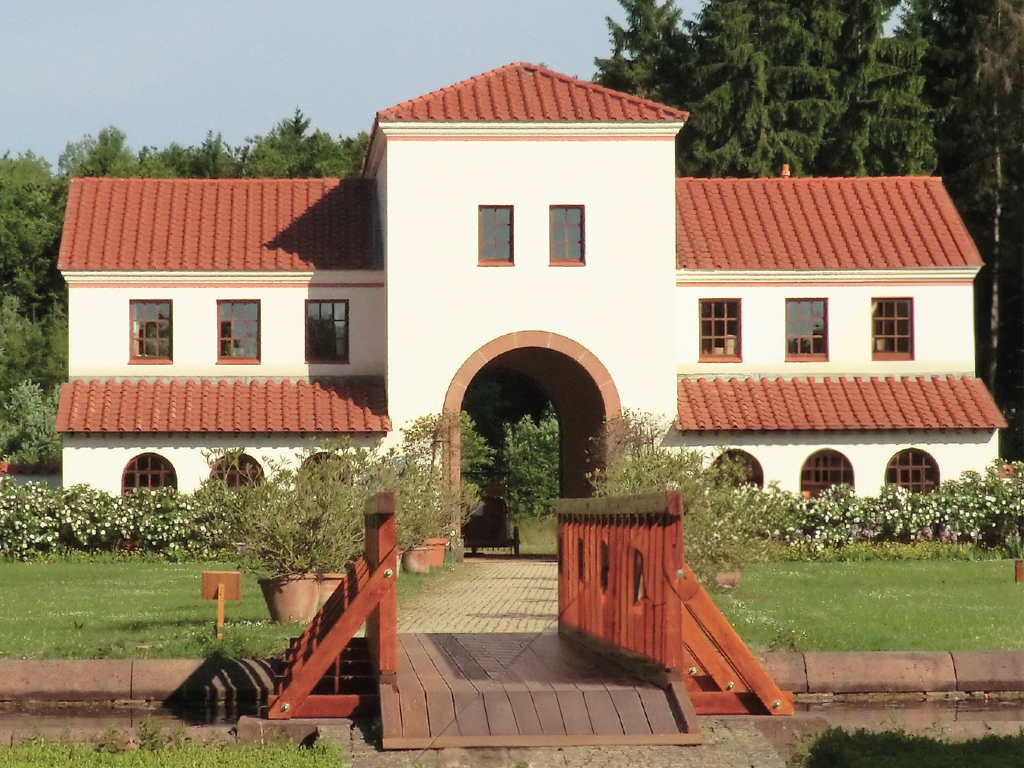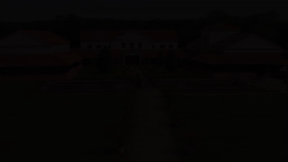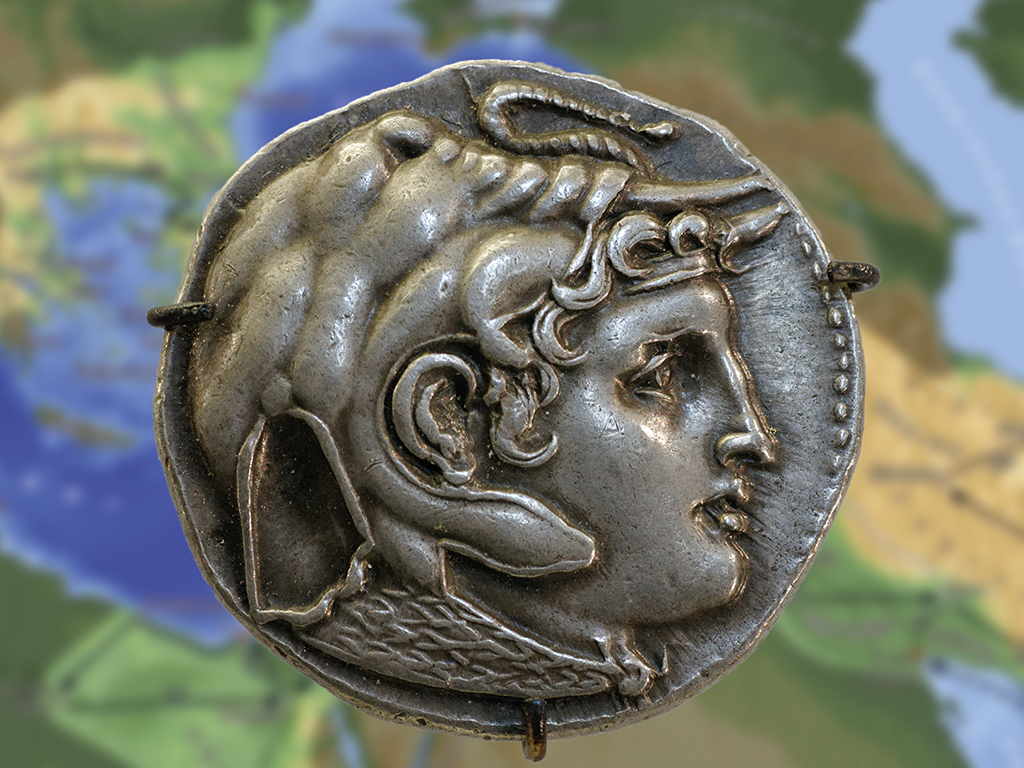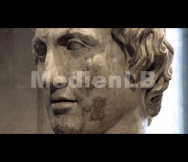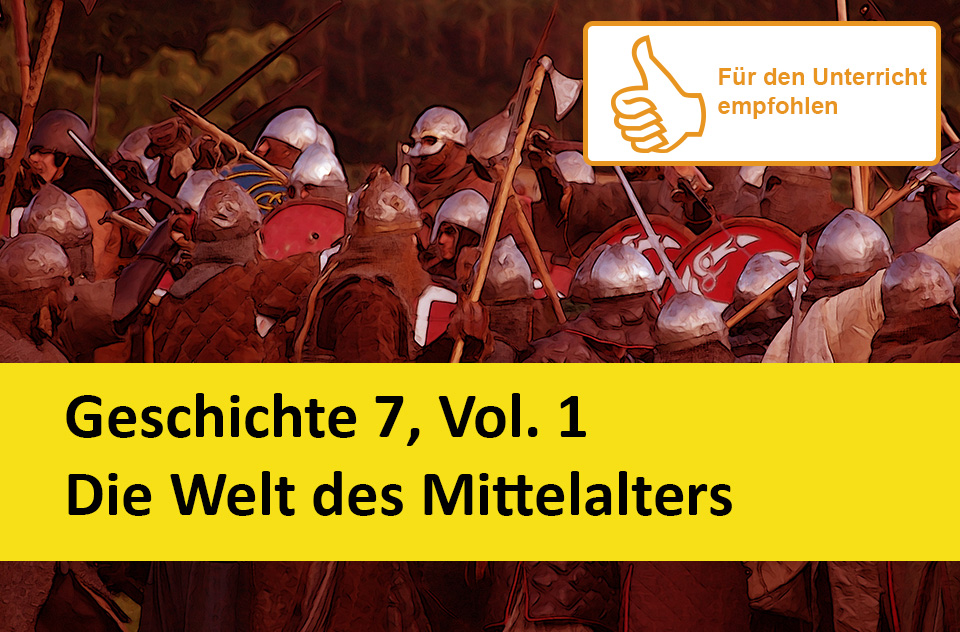

55501802
Die Welt des Mittelalters
Für den Unterrichtempfohlen
In unserem Arbeitsheft Geschichte 7, Vol. 1 – Die Welt des Mittelalters finden Sie 50 interaktive und didaktisch aufbereitete Aufgaben.
Das Medium bietet H5P-Aufgaben an, die ohne zusätzliche Software verwendbar sind. Das Medium enthält interaktive Videos und H5P-Aufgaben zu den Themen Karl der Große, Wikinger, Aufbau einer mittelalterlichen Stadt, Übergang vom Mittelalter zur Neuzeit.
Durch interaktive Aufgabentypen wird das audiovisuelle und interaktive Lernen einfach.
Lernen macht jetzt Spaß!

Included Tasks
- 1. Sagenumwobene Geburt - Lückentext
- 2. Karl gegen Karlmann - Interaktives Video
- 3. Krieg gegen die Langobarden - Lückentext
- 4. Krieg gegen die Sachsen - Lückentext
- 5. Der lange Krieg gegen Sachsen - Interaktives Video
- 6. Das Riesenreich Karls des Großen - Interaktive Aufgabe
- 7. Karl der Große: grausamer Heiliger - Interaktives Video
- 8. Karls Ehen und Nachkommen - Interaktives Video
- 9. Karls 18 Kinder - Wortsuche
- 10. Karl der Große - Finde die Bildpaare
- 11. Die Vorfahren der Wikinger - Interaktives Video
- 12. Handwerk der Wikinger - Bildkarten
- 13. Auf dem Weg in den Süden - Interaktives Video
- 14. Seefahrt der Wikinger - Interaktives Video
- 15. Alltag der Wikinger - Interaktives Video
- 16. Haithabu - Interaktives Video
- 17. Handwerk der Wikinger - Interaktives Video
- 18. Christianisierung der Wikinger - Interaktives Video
- 19. Die Runenschrift der Wikinger - Interaktives Video
- 20. Befestigung einer mittelalterlichen Stadt - Interaktives Video
- 21. Aufblühen der Städte - Interaktives Video
- 22. Marktplatz und Kaufhäuser - Interaktives Video
- 23. Hungersnöte; Pest und Bauernkriege - Interaktives Video
- 24. Profanbauten - Interaktives Video
- 25. Kirchenbauten - Interaktives Video
- 26. Händler; Kaufleute und Handwerker - Interaktives Video
- 27. Apotheken und Türmer - Interaktives Video
- 28. Zünfte und Gilden - Interaktives Video
- 29. Stadtrecht - Interaktives Video
- 30. Städtebünde und Patrizier - Interaktives Video
- 31. Außerhalb der Stadtmauer - Interaktives Video
- 32. Wichtige Städte der Hanse - Interaktive Aufgabe
- 33. Hansestädte - Finde die Bildpaare
- 34. Seehandel - Lückentext
- 35. Handelsgüter der Hanse - Wortsuche
- 36. Handel in Lübeck - Lückentext
- 37. Die Hanse - Interaktive Aufgaben
- 38. Seekarten - Interaktive Aufgabe
- 39. Anfänge der Hanse - Interaktives Video
- 40. Aufstieg der Hanse - Interaktives Video
- 41. Salz und Hering - Interaktives Video
- 42. Handel zur See - Interaktives Video
- 43. Hanseschiffe - Interaktives Video
- 44. Niedergang der Hanse - Interaktive Aufgabe
- 45. Niedergang der Hanse - Interaktives Video
- 46. Mittelalterliches Geldsystem - Interaktives Video
- 47. Fernhandel und Verlagswesen - Interaktives Video
- 48. Frühneuzeitliches Bankenwesen - Interaktives Video
- 49. Die Fugger - Interaktives Video
- 50. Die Medici - Interaktives Video
Curriculum-centred and oriented towards educational standards
Matching
Villa Rustica
A Roman villa is fundamentally different from what we would regard as a villa in the modern sense. A Villa Rustica was a country estate with a mansion, large gardens and agricultural land. In addition to cultivating the fields, people also bred animals. This work was done by farm labourers and slaves, who mostly lived in outbuildings outside the mansion area. Thus a Roman villa was far more than just a building, it was almost a small village. Over centuries a network of Roman country estates had marked the culture of the empire north of the Alps. With the cultivation of the soil, the trade and exchange of goods, the Villa Rustica was a pillar of the Roman Empire.




